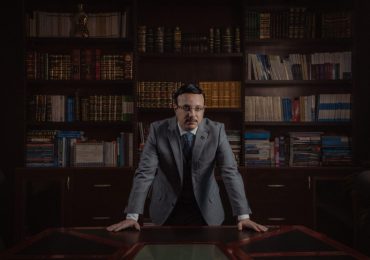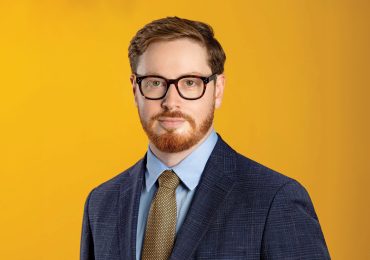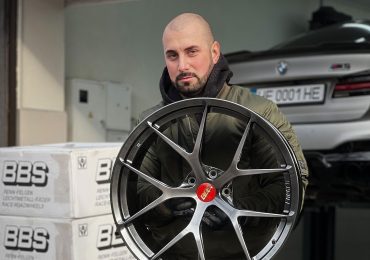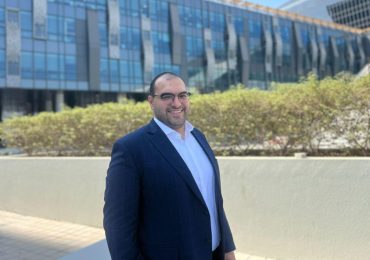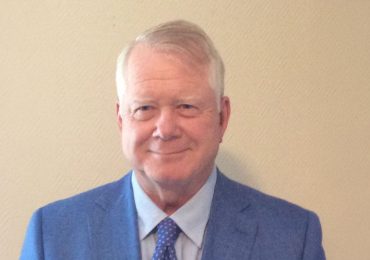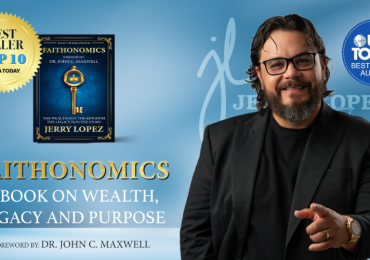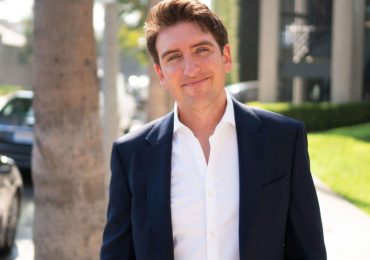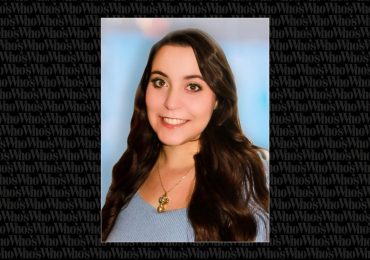The famous ‘Vitruvian Man’ drawing by Leonardo da Vinci ( Leonardo da Vinci)
Many dental professionals follow similar paths of years of study, routine practice, and technical refinement. Dr. Rory Mac Sweeney’s story begins in that space but moves in an unexpected direction. While treating patients in London, he became fascinated by geometry, mathematical proportions, and a centuries-old drawing that continues to capture scientific attention today.
Dr. Mac Sweeney’s research reveals a hidden mathematical relationship in Leonardo da Vinci’s Vitruvian Man that connects directly to established principles of optimal jaw function. Through this work, Dr. Mac Sweeney offers a revolutionary viewpoint linking Renaissance art, dental biomechanics, and human anatomy. His findings have sparked new conversations between fields that rarely exchange ideas.
From Practice to Patterns
Dr. Mac Sweeney’s early years followed a conventional track. After finishing dental school in Ireland , he moved to London to practice in his field. But over time, questions about geometry and mathematical relationships drew his thoughts beyond daily procedures. He began studying anthropology and historical anatomical diagrams during his off-hours.
While working extensively with Bonwill’s triangle, a principle used for over 150 years to describe the optimal spatial relationship of jaw joints and teeth, he noticed intriguing geometric connections with the famous Vitruvian Man. The drawing, widely celebrated for its mathematical precision, appeared to contain the same equilateral triangle relationships that govern efficient jaw mechanics.
Dr. Mac Sweeney focused intensively on this overlap, analyzing the equilateral triangle that da Vinci explicitly referenced in his notes accompanying the drawing. By comparing this geometric feature to Bonwill’s triangle, he discovered a ratio (1.633) that represents optimal structural efficiency in engineering and biological systems.
Linking Art with Anatomy
Dr. Mac Sweeney’s discovery suggests that Leonardo identified fundamental principles of human biomechanical optimization centuries before they were formally recognized by dental science. His theory, published in the Journal of Mathematics and the Arts in 2025, places Renaissance artistic genius alongside modern scientific understanding, with geometric mathematics serving as the bridge between disciplines.
Rather than focusing solely on contemporary treatment methods, Dr. Mac Sweeney’s research returns attention to the fundamental geometric relationships underlying human evolution. He suggests this mathematical framework could offer dentists additional perspective on the nature of teeth and facial growth.
From Discovery to Dialogue
Dr. Mac Sweeney continues his clinical practice while expanding research into the broader implications of his discovery. He has begun sharing his work with interdisciplinary audiences interested in how mathematical principles connect art, science, and human biology. Instead of presenting definitive conclusions, he introduces thought-provoking questions that bring fresh energy to established fields. His findings open new possibilities for researchers curious about the geometric foundations of physical anthropology and the remarkable prescience of Renaissance scientific observation.
While measured in his claims, Dr. Mac Sweeney’s project suggests there remains much to examine regarding the mathematical relationships governing human structure, offering a thoughtful voice shaped by clinical precision and careful analysis of historical scientific insight.



